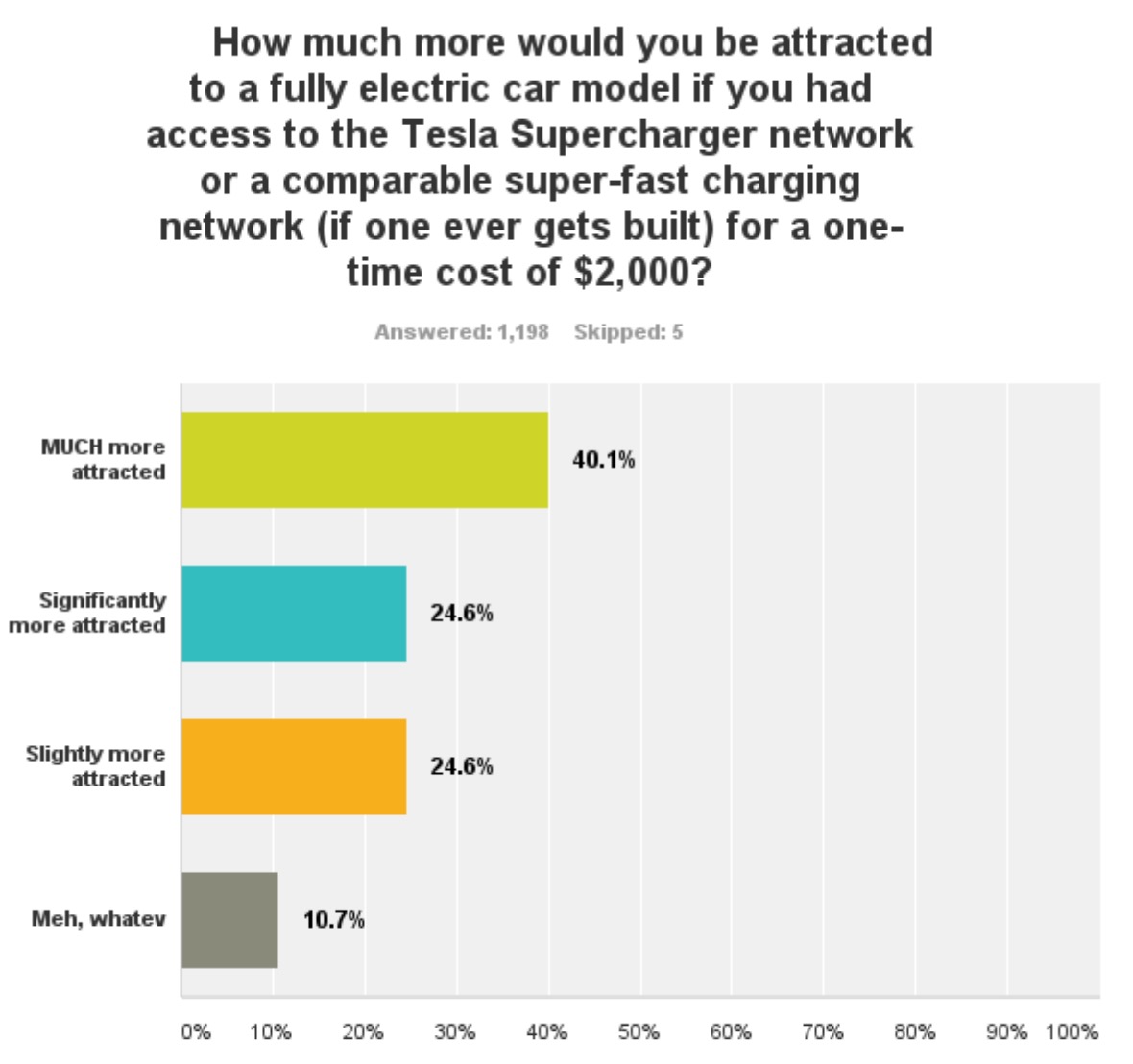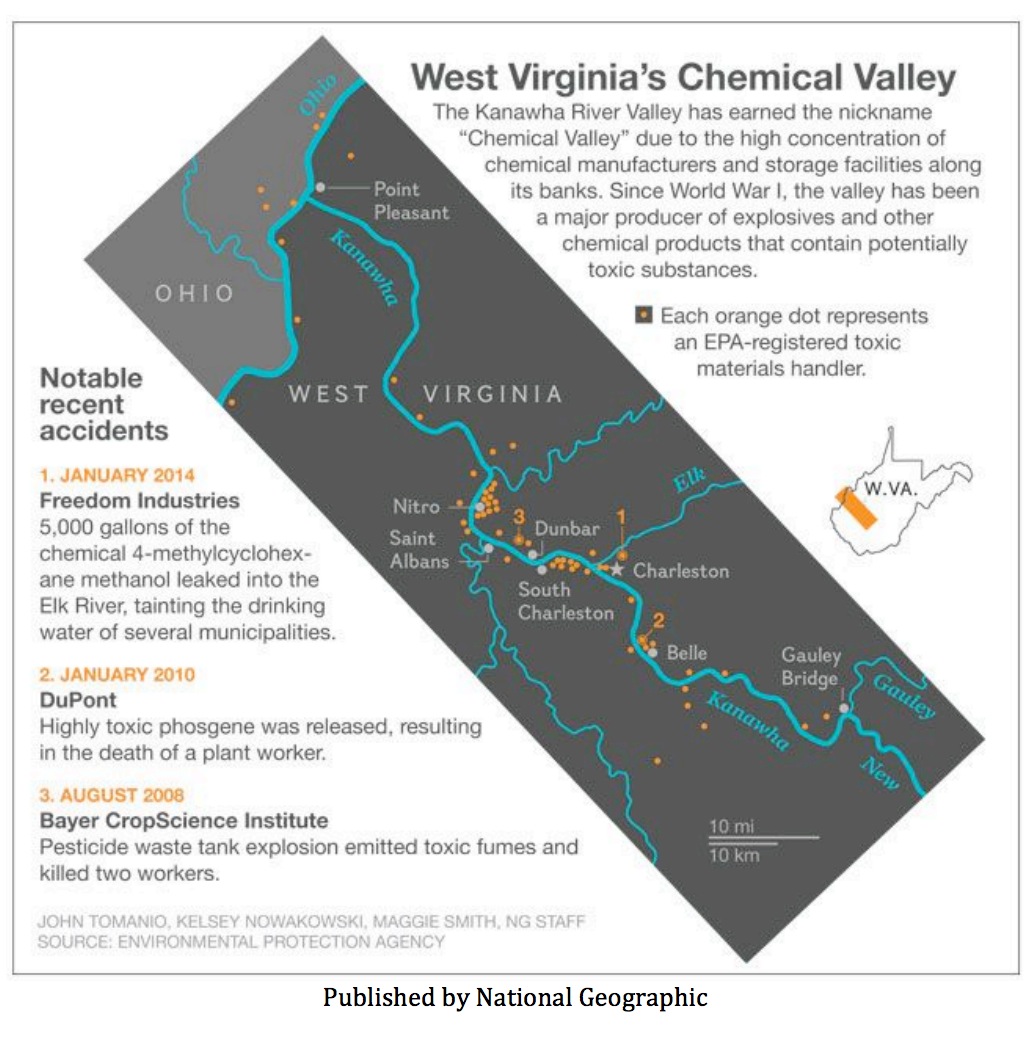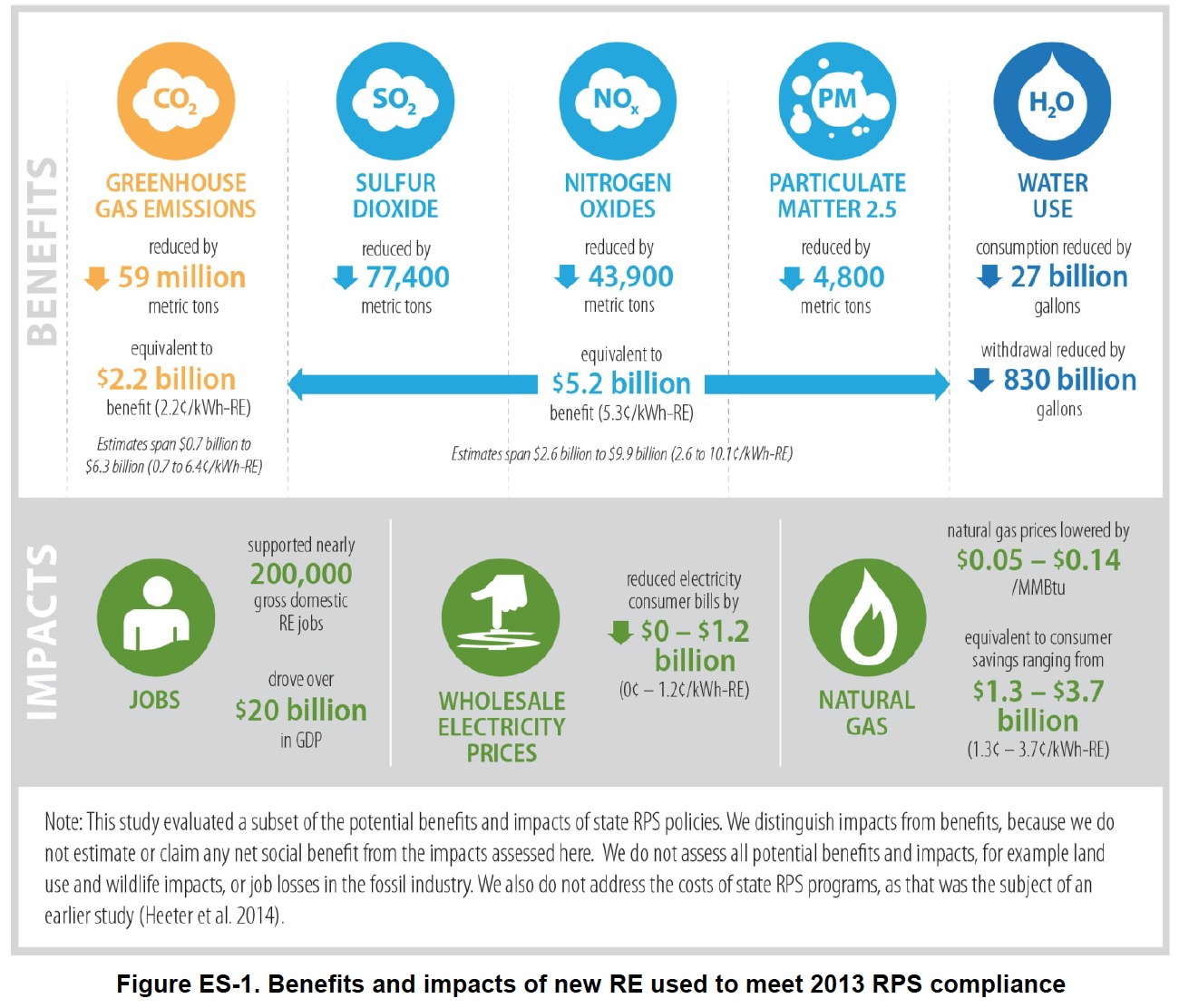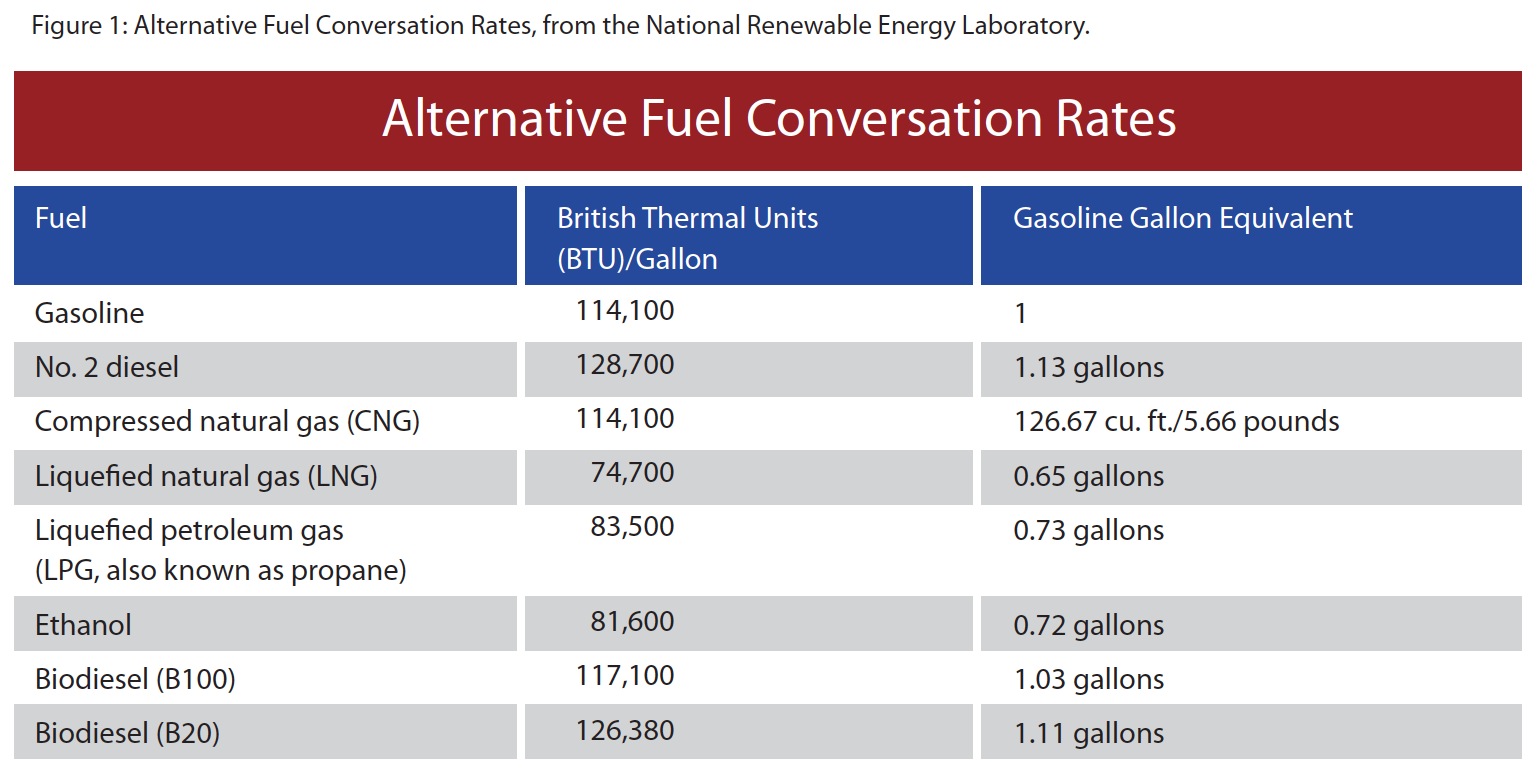
In 2015, Sustainable Cleveland celebrated clean water to better connect people to their water resources to help restore, conserve and protect this valuable asset. This video is part of a larger video series that highlights different organizations, community leaders, and projects that are taking action to help clean our water. This video illustrates how NEORSD, Cleveland Metroparks, Cuyahoga River Restoration, Holden Arboretum and Western Reserve Land Conservancy are all leading the way in green infrastructure. These examples show how green infrastructure can build community, beautify our neighborhoods, and clean our water.
View this complete post...
Tags: Cleveland, OH, Ohio, Sustainable Cleveland, Year of Clean Water
Posted in
Drinking Water, Environment, Local, Show Us Your Infra, Sustainability, Wastewater, Water Treatment
Comments Off on Cleveland, OH: Clean Water & Green Infrastructure























 RSS Feed
RSS Feed